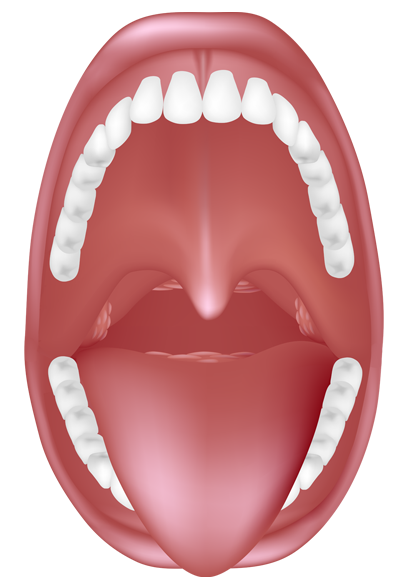Pharyngeal Tonsil
Pharyngeal tonsil is a single mass or accumulation of lymphoid tissue located behind the nasal cavity in the posterior aspect of roof of nasopharynx. Pharyngeal tonsil is also named as adenoid.
read morePharyngeal Tonsil
HISTOLOGY
Pharyngeal tonsil is covered by pseudostratified columnar ciliated epithelium which does not form crypts. However, the epithelium forms longitudinal folds called pleats. The inner lymphoid mass consists of large number of lymphoid nodules containing lymphocytes.
BLOOD SUPPLY
Blood is supplied to pharyngeal tonsil through
-
Ascending palatine branch of the facial artery
-
Ascending pharyngeal artery
-
Pharyngeal branch of the internal maxillary artery
-
Artery of the pterygoid canal
-
Tonsillar branch of facial artery
NERVE SUPPLY
Glossopharyngeal and vagus nerve innervate this tonsil.
FUNCTION
Ciliated epithelium of adenoid traps mucus which contains infectious particles and dust particles inhaled from air. Lymphocytes present within tonsils kill the infection causing agents and prevent the body from infection.
CLINICAL POINTS
-
Adenoid remains enlarged in children up to the age of 3-4 years.
-
Adenoiditis is the inflammation of pharyngeal tonsil as a result of infection with bacteria or virus.
-
Enlargement of adenoid due to chronic inflammation blocks the nasal passages, leading to obstruction in respiration. Such tonsil is removed through tonsillectomy.
-
Adenoid enlargement causes middle ear infection by obstructing Eustachian tube, a tube which connects middle ear to throat.
Report Error



